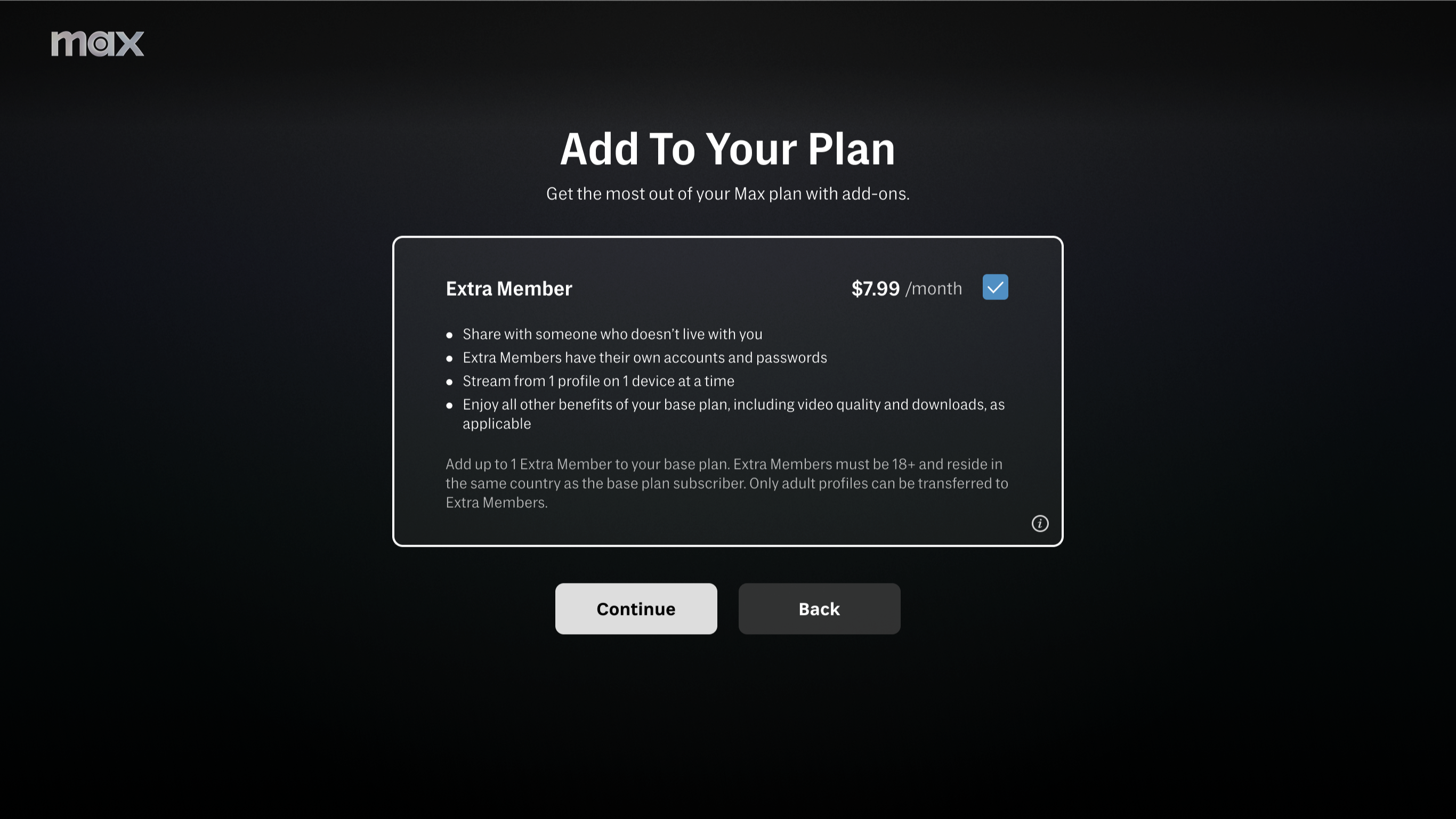Tapeless Migration
Like other U.S. television stations, PBS member station KVIE in Sacramento, CA, has collected many videotape formats over the years. “From VHS and 3/4-inch U-matic to digital formats like Digital Betacam and DVCPRO, we had installed them all,” said Michael Wall, the station’s vice president of technology.
Not surprisingly, all these tape formats bogged down KVIE’s workflow, both in master control and local production. But with the help of systems integrator Rorke Data, the station has migrated to a tapeless acquisition, editing and playout solution.
OFF-THE-SHELF APPEAL
KVIE downlinks network programming from satellite and stores it for later playback. The station also shoots and edits its own shows, which are also stored until needed. Originally, this was all done on videotape.
A few years ago, however, the station acquired Avid Pinnacle MediaStream servers so that shows could be digitally stored and then accessed using an NVerzion automation system. Still, KVIE continued to shoot and edit using videotape, and archived on videotape as well.
“When we decided that the time had come to go tapeless, we looked at a wide range of vendors and options,” said Wall. “However, eventually we chose Rorke Data. There were two reasons for this decision. First, Rorke offers a range of products that integrated seamlessly with the digital assets we already had. Second, Rorke’s broadcast system is software driven, which meant that we were able to use off-the-shelf servers and other mainstream IT equipment.”
It was this second point that clinched the deal for KVIE. “Being able to run a TV station using Dell servers, Microsoft Windows Server 2003 and other standard IT products, plus no archive middle manager, significantly reduced our costs,” said Wall. “As well, we were able to do it in a step-by-step process, allowing us to keep the costs under control.”
Local video is acquired using Panasonic AG-HVX200 HD camcorders and AJ-SPX800 DVCPRO 50 camcorders, all of which use P2 solid-state memory cards instead of videotape. “P2 cards allow the fast transfer of video, because reporters can just plug them into card readers that send the files into a Rorke Galaxy LX NAS device,” explained Todd Dahlgren, Rorke Data’s manager of field engineering.
STEP BY STEP
Being a public television station, KVIE-TV has limited resources, which is why Rorke Data devised a step-by-step digital transition plan for the station. “We began by upgrading KVIE’s broadcast system, so that they could move to the new digital workflow quickly,” explained Joe Rorke, vice president of marketing and business development, Rorke Data. “Next we added the Pictron Media Asset management system, then the Rorke Galaxy LX NAS for storing P2-acquired footage at the desktop. Finally, we added the video archiving solution to finish the package.”
This step-by-step approach made KVIE’s $350,000 tapeless transition financially manageable for the station—and some of the cost was incorporated into KVIE’s regular equipment replacement budget. “In fact, we still have some videotape camcorders in use,” said Wall. “As they come to the end of their lifecycles, we will replace them with P2 camcorders, but not until then.”
KVIE learned a valuable lesson during its tapeless transition, one that has to do with people, not technology. “What we learned is that you must provide sufficient training to your staff so that they can adapt to a tapeless workflow,” noted Wall. “Moving into this kind of non-realtime, file-based world can be a radical change for some, and you must help them to make the transition as easily as possible for the sake of the station and its on-air look.”
Wall has a second piece of advice for stations planning their tapeless future: Figure out your digital workflow first and then buy equipment to serve it—don’t buy equipment first and then try to figure out what to do.
At KVIE, the new tapeless workflow is “an incredible improvement,” Wall said. “The workflow we have now is seamless, flexible and extremely efficient.”
Get the TV Tech Newsletter
The professional video industry's #1 source for news, trends and product and tech information. Sign up below.
